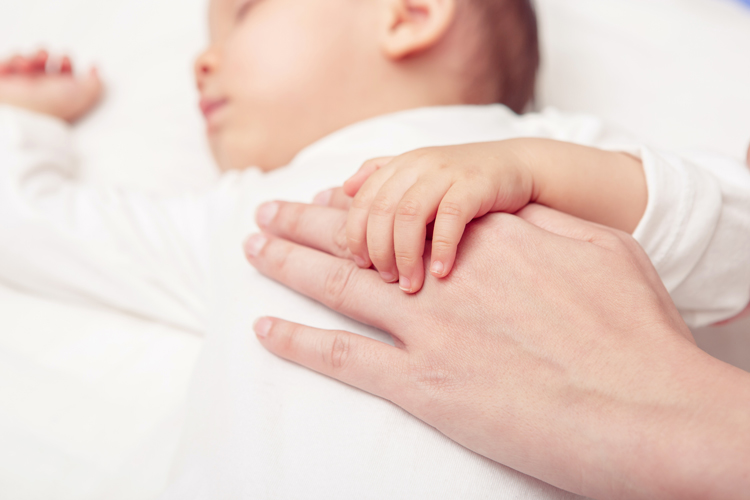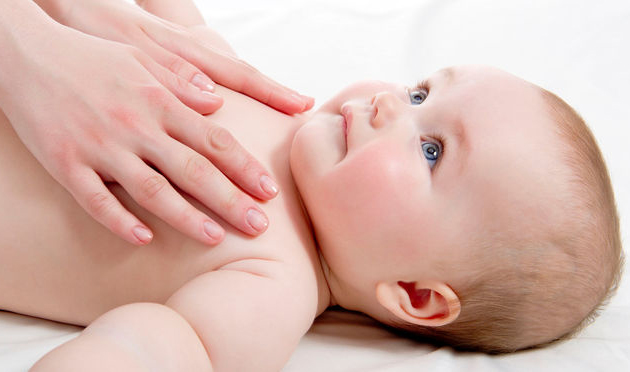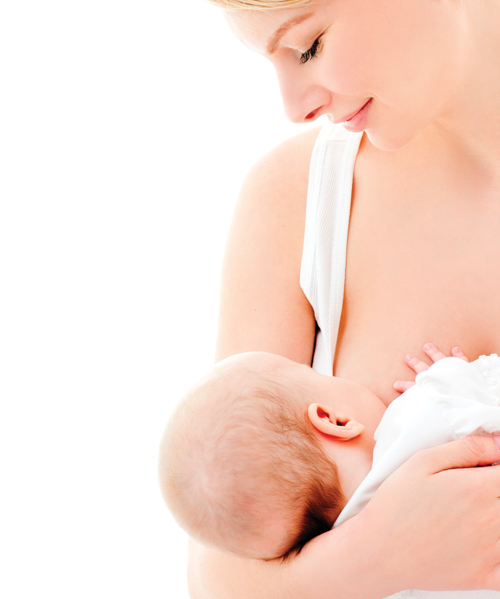Bronchiolitis
What is bronchiolitis?
Bronchiolitis is a children’s disease. It’s an infection of the lungs caused by a virus. It may cause wheezing, respiratory distress and coughing, along with trouble eating.
Is bronchiolitis contagious?
- Bronchiolitis is contagious,
- It can be spread by sneezing and coughing,
- It can also be spread when the hands touch the mouth or nose after coming into contact with the bronchiolitis virus.
Who can get bronchiolitis?
- Children under two years old can get bronchiolitis. It is most common in six-month-old infants,
- Infants who are around cigarette smokers or who attend nursery school are more likely to get it,
- Infections are most common during the rainy season and winter.

What are the symptoms of bronchiolitis?
The first symptoms begin like a cold: stuffy nose, runny nose, and a mild cough and fever. These last one to two days.
Those common symptoms are usually followed by:
- Coughing, fast breathing, and wheezing,
- Your child’s neck and chest may visibly “suck in” with each breath,
- Your child may have fever for four to five days,
- Children who have trouble breathing may get very tired or dehydrated
- Vomiting while coughing; or diarrhea (loose, frequent bowel movements).
What can I do?
Breathing:
- Use a suction bulb to clear the nostrils. If needed, add 1 to 2 drops of saline solution in each nostril,
- Keep your baby upright.
Feeding:
- If nasal breathing is difficult, suck mucus from the nostrils before feeding
- Your baby may drink/eat less. Offer small feeds more often,
- Try extra fluids,
- During feeding, your baby may need more rest periods.
At home:
- Raise the head of the bed,
- Do not smoke around a child with bronchiolitis.

When should I call the doctor?
Watch your child’s breathing. Call the doctor if he or she shows signs of respiratory distress.
You should call your doctor whenever your child has breathing difficulties such as:
- Your child is short of breath after coughing,
- Your child will not drink or nurse,
- Your child sleeps more than usual or sleeps through feedings,
- Your child is fussy, can’t sleep or is hard to calm,
- Your child has a fever,
- Your child has not urinated for six to eight hours and has dry lips or mouth,
- The soft spot on your infant’s head is sunk in.
What constitutes an emergency?
- Breathing is very difficult or very fast,
- Your child is wheezing or very drowsy,
- During breathing, stomach or rib’s spaces are sucked in and nostrils flare,
- Your child has pale or grey skin or blue lips,
- Your child complains of a tight chest.
You should consult your doctor as soon as possible.
How is bronchiolitis treated?
- Doctors will prescribe treatment appropriate to your baby. Antibiotics are not recommended,
- Along with medication, doctors can also prescribe aerosol therapy associated with physiotherapy. One or more daily sessions could be recommended over three to five consecutive days.
Never use aerosol therapy for your baby without medical advice.

Why do doctors prescribe physiotherapy?
Following the medical prescription, physiotherapy treatment will start concurrently with medical treatment. Your therapist specialized in children’s respiratory distress will help to clear your baby’s airway by using a soft drainage approach, properly adapted to baby respiratory distress or hyper-secretion. Physiotherapy assures a quicker recovery and prevents secondary infection. This treatment needs to be practiced daily to be effective.
How can bronchiolitis be prevented?
- Breastfeed your baby. Breast milk helps your baby’s body fight infections, and may help prevent bronchiolitis,
- Avoid other people who are ill,
- Wash your hands often after being around an infected person,
- Do not smoke around a child with bronchiolitis,
- Regularly clean toys and other objects that your baby comes into contact with.
Never give your baby any medication, including syrup as aerosol therapy, unless directed to do so by your doctor.



